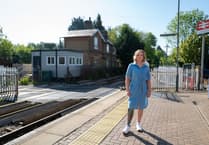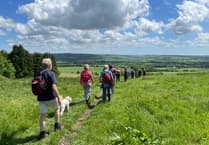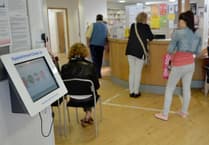VODAFONE UK has announced plans to provide South Central Ambulance Service (SCAS) with mobile devices and a bespoke app to improve efficiency and response times for its 1,200 community first responders and co-responders (police, fire and military) in Hampshire and the Thames Valley.
All responders are volunteers trained to attend medical emergencies and start lifesaving interventions prior to the arrival of an ambulance. These interventions can have a significant positive impact on patient outcomes.
The Vodafone solution includes a bespoke app and the provision of mobile devices with 4G connectivity which can be securely managed, protecting patient information.
To date, more than 160 mobile devices are in operation across the four counties, with a further 400 to be issued over the coming weeks.
The bespoke app, developed in partnership with CommonTime, enables simple and reliable communication between the Community First Responders and their office-based control centre – the clinical coordination centre.
First responders can log in and report that they are available to respond. When an incident occurs, the closest available responder will be alerted and provided with the exact location, fastest route and incident details.
On arrival, they can share critical information and request additional support from the emergency services while first responders are tracked at all times through GPS for their safety.
Nic Morecroft, head of 0perations for community engagement and training for the SCAS NHS Foundation Trust, said: “We recognise there is a huge opportunity to improve patient care using digital technology.
“Our partnership with Vodafone highlights how implementing technology solutions can have an immediate and real impact on the service we offer to patients. We have already seen improved efficiencies and feedback from our first responders has been extremely positive.”
Anne Sheehan, enterprise director from Vodafone UK said: “We are delighted to be working with the SCAS to help improve response times for this critical service, and ultimately patient care.
“We will be working together to identify other areas where we can use the power of technology to bring benefits to both community first responders and patients.”





Comments
This article has no comments yet. Be the first to leave a comment.